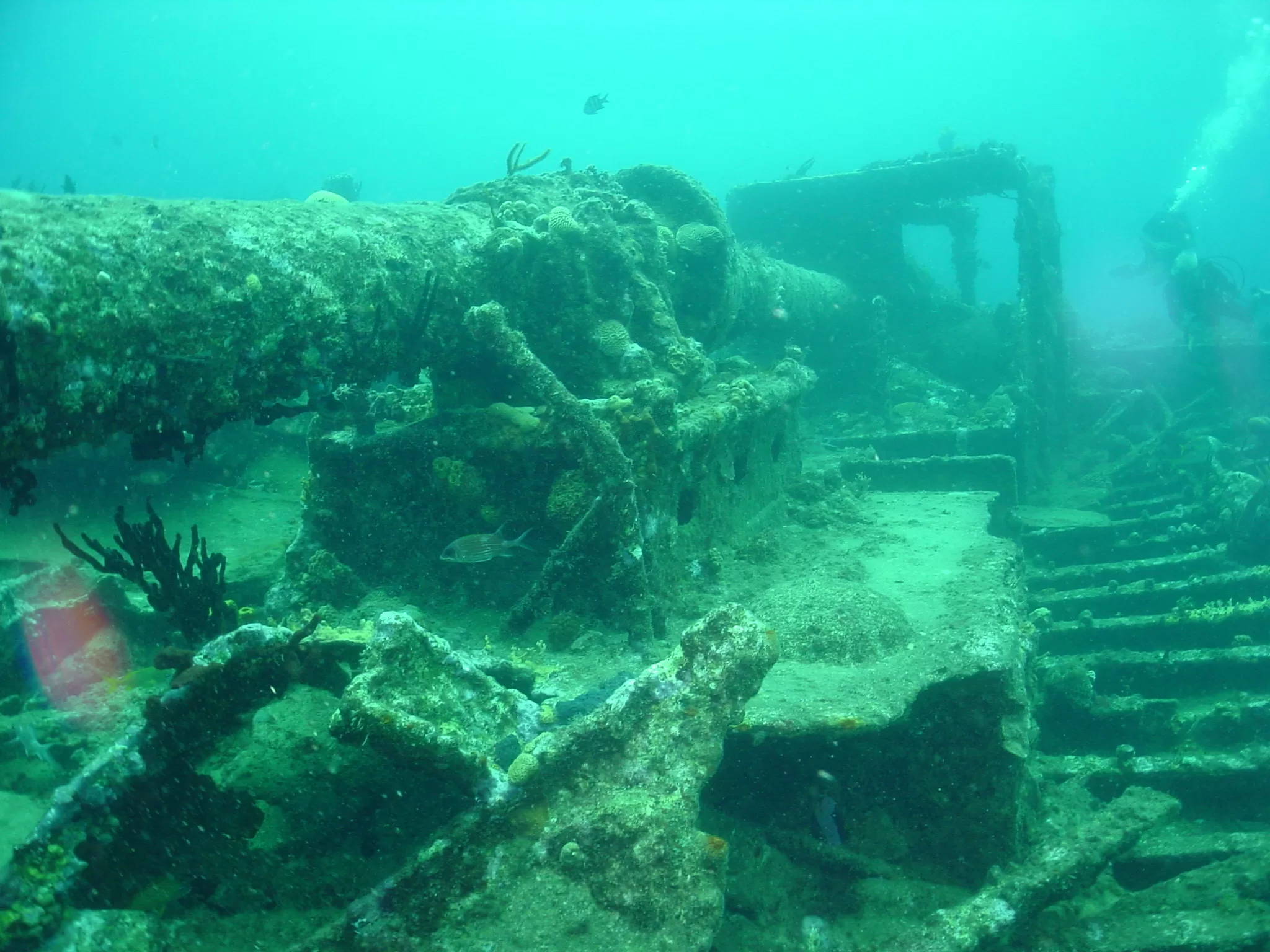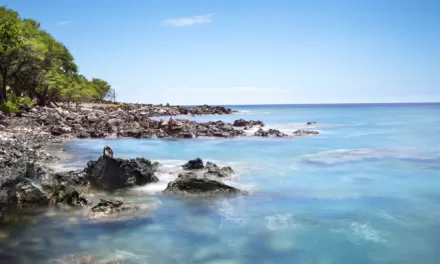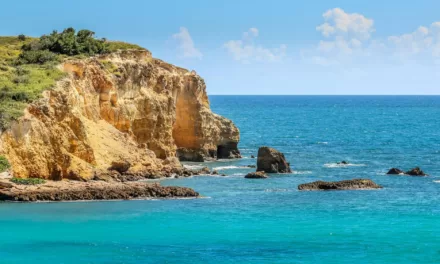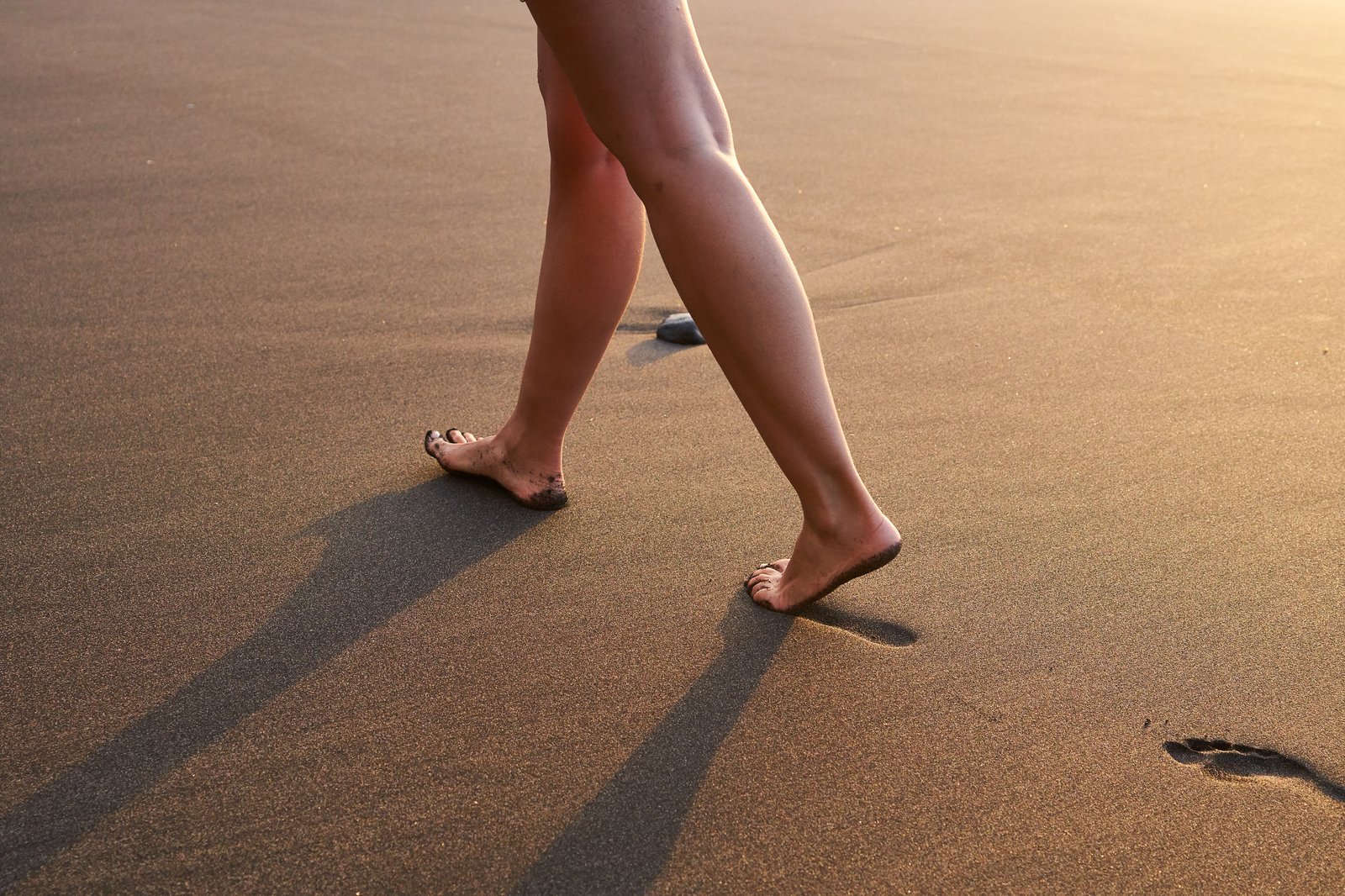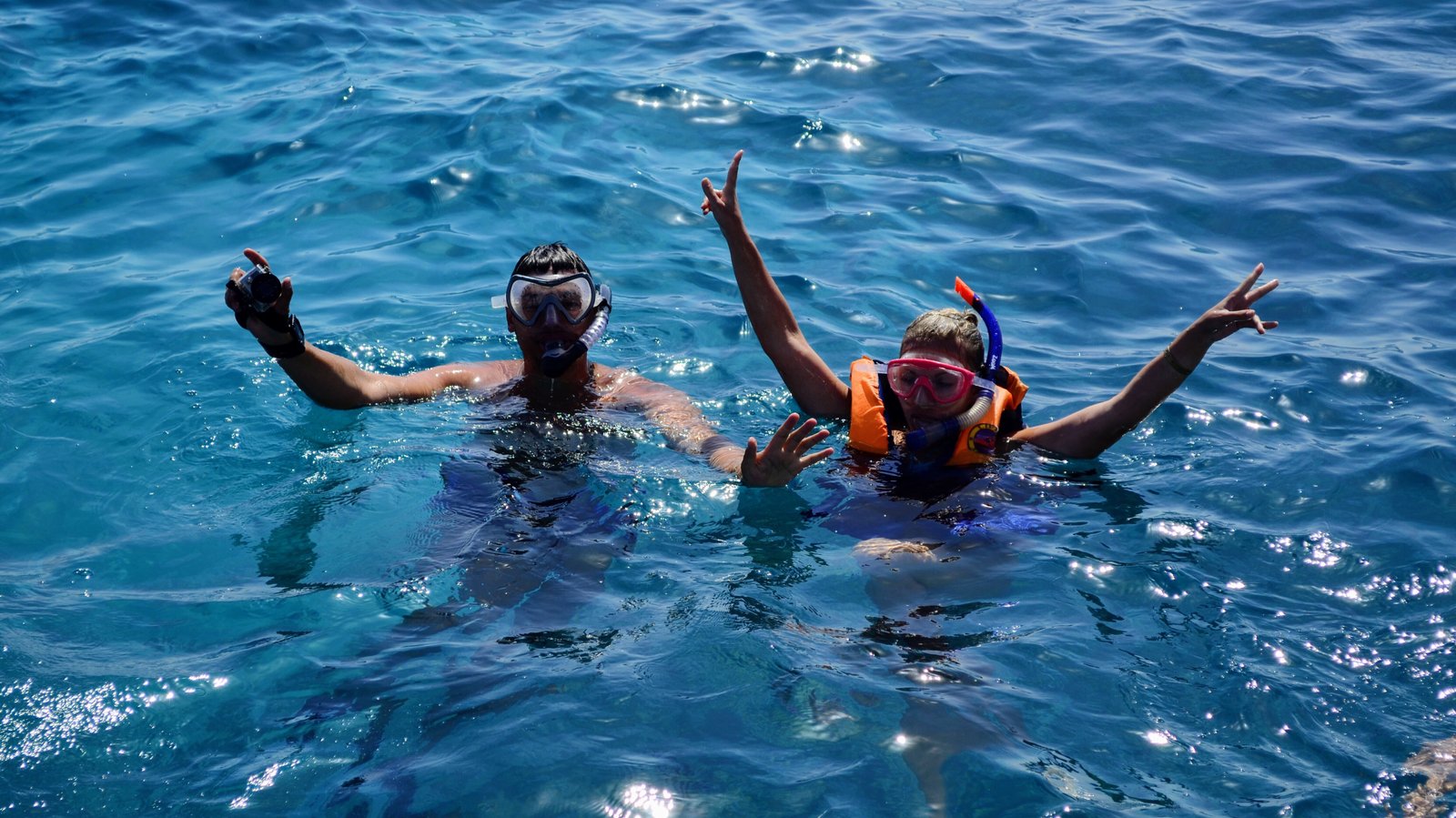The British Virgin Islands, a cluster of islands in the Caribbean Sea, are often celebrated as a slice of paradise for water enthusiasts. With their turquoise waters and abundant marine life, these islands are a magnet for divers and snorkelers from around the world. Among its underwater treasures, the RMS Rhone stands as a beacon, attracting those who seek both adventure and a touch of history beneath the waves. This 19th-century shipwreck is not just a diving spot; it’s a time capsule resting in the deep blue.
The RMS Rhone, once a proud British packet ship, met her destiny during a ferocious hurricane in 1867. Sinking near Salt Island, she became a part of the Caribbean’s maritime lore. Today, this historic wreck lies in a watery grave, its remains a playground for marine life and an intriguing site for divers and snorkelers. The transformation from a seafaring vessel to an underwater sanctuary tells a tale of resilience and beauty.
As we embark on this underwater journey, we’ll uncover the allure of the RMS Rhone, exploring why it remains one of the top diving destinations in the British Virgin Islands and, indeed, in the Caribbean.
The RMS Rhone: A Brief History
The RMS Rhone was not just another ship sailing the Caribbean; she was a symbol of the Victorian era’s engineering prowess. Launched in 1865 from the shores of England, the Rhone was built to withstand the toughest of seas, equipped with both sail and steam power – a marvel of her time. She serviced the route between England, the Caribbean, and South America, embodying the spirit of adventure and exploration of the 19th century.
Her final journey began in October 1867, a journey that would etch her name in the annals of maritime history. Caught in a brutal hurricane, the Rhone struggled against nature’s fury. In an attempt to reach the safety of open water, she headed for the passage between Salt Island and Peter Island. Tragically, the Rhone hit rocks and, suffering a fatal blow, she sank to her watery grave. Of the 146 souls aboard, only 23 survived. The wreck became a solemn reminder of the power of the sea and the fragility of human endeavors.
Over time, the RMS Rhone became one with the sea. The wreck, now resting at depths between 30 and 80 feet, is a poignant underwater museum. Coral formations adorn her structure, and the marine life brings vibrancy to her resting place. The Rhone’s story is a captivating chapter in the rich tapestry of Caribbean maritime history, a tale of triumph, tragedy, and transformation.
Why the RMS Rhone is a Must-Visit for Divers
“The Underwater Allure of the RMS Rhone”
Diving at the RMS Rhone is more than an underwater excursion; it’s a journey into a bygone era. The wreck, split into two major sections, presents a diverse and intriguing landscape for divers. The bow, resting in shallower waters, is perfect for beginners, while the stern, lying in deeper waters, offers a challenging exploration for the more experienced.
What makes the Rhone particularly special is its almost mystical atmosphere. Swimming through the wreckage, divers can still see the ship’s massive propeller, decking, and even a silver teaspoon fused into the coral – each artifact telling a story of its own. The marine life here is both abundant and varied, with barracudas, turtles, and colorful tropical fish making the wreck their home. The coral growth on the wreck is spectacular, showcasing a wide array of colors and forms, and creating a vibrant underwater landscape.
Visibility around the Rhone is usually excellent, offering clear views of the wreck and its marine inhabitants. The light filtering through the water bathes the wreck in a surreal glow, creating an almost dreamlike experience. Divers often speak of the Rhone as a living museum, where every dive reveals something new, be it a hidden nook within the wreck or a rare fish darting through the ruins.
For underwater photographers, the Rhone is a treasure trove of opportunities. The interplay of light, marine life, and the structure of the wreck offers endless possibilities for captivating images. Night dives at the Rhone are particularly enchanting, with the nocturnal sea creatures adding an extra layer of magic to the experience.
In essence, diving at the RMS Rhone is an unforgettable experience that combines history, adventure, and natural beauty. It’s a dive site that resonates with both novice and experienced divers, beckoning them to explore its depths time and time again.
Snorkeling at the RMS Rhone: A Surface View
“A Snorkeler’s Perspective: Skimming the Surface of History”
While the RMS Rhone is a diver’s paradise, it also offers a captivating experience for snorkelers. The shallower parts of the wreck, especially the bow section, are accessible to those exploring from the surface. The clear Caribbean waters provide excellent visibility, allowing snorkelers to gaze down at the historic shipwreck, witnessing a unique blend of history and nature.
The experience of snorkeling over the Rhone is akin to floating above a living, underwater museum. As snorkelers glide over the site, they can see the outline of the ship, encrusted with coral and teeming with sea life. It’s a surreal feeling, skimming over the decks where sailors once walked, now home to a vibrant marine ecosystem.
Snorkelers often encounter schools of brightly colored fish darting through the water, creating a dynamic and ever-changing seascape. The site’s shallower areas are rich with soft and hard corals, sponges, and an array of marine flora that paint a vivid picture beneath the waves. The Rhone’s proximity to the surface also means that snorkelers might spot larger marine life, like sea turtles and rays, making their way around the wreck.
For those who enjoy photography, snorkeling at the Rhone offers a plethora of opportunities to capture the beauty of this underwater world. The interplay of light, the contours of the wreck, and the marine life provide endless subjects for stunning photography.
The RMS Rhone, therefore, is not just a site reserved for the more adventurous diver; it is a destination that welcomes snorkelers to marvel at its underwater splendor from a different perspective. It’s an experience that combines the thrill of exploration with the serenity of floating on the Caribbean Sea, offering a unique way to connect with the natural and historical wonders of the British Virgin Islands.
Diving Conditions and Best Times to Visit
“Planning Your Underwater Adventure: Diving Conditions at the RMS Rhone”
Embarking on a diving or snorkeling trip to the RMS Rhone requires a bit of planning, particularly regarding the best times to visit and the diving conditions to expect. The British Virgin Islands, with their tropical climate, offer warm, clear waters most of the year, making it an ideal destination for underwater exploration.
Optimal Diving Conditions The waters around the RMS Rhone are known for their clarity and calmness, crucial factors for an enjoyable diving experience. Visibility often extends from 60 to 100 feet, allowing divers and snorkelers to fully appreciate the magnificence of the wreck and its marine inhabitants. The water temperature is usually comfortable, ranging from 78°F to 85°F (25°C to 29°C), making it pleasant for extended dives or snorkeling sessions.
Best Times to Visit The ideal time to dive the RMS Rhone is between April and October. During these months, the sea is typically at its calmest, and the visibility is at its peak. The summer months, in particular, offer the warmest water temperatures, adding to the comfort of the experience. It’s also worth noting that these months fall outside of the Caribbean hurricane season, ensuring safer and more predictable sea conditions.
Diver Skill Levels The RMS Rhone caters to divers of varying skill levels. The shallower sections of the wreck are suitable for beginners and less experienced divers, offering a chance to explore without the need for advanced dive skills. The deeper parts of the wreck, including the stern section, present more challenging conditions and are better suited for advanced divers. Regardless of skill level, all divers should be accompanied by a certified guide familiar with the site to ensure safety and maximize the experience.
Safety Considerations Safety is paramount when diving or snorkeling at the RMS Rhone. Currents can be strong in certain areas, and it’s essential to dive within your skill level and follow the guidance of local dive operators. Also, due to the historical and ecological significance of the wreck, divers are encouraged to practice responsible diving etiquette, such as not touching or removing any parts of the wreck and minimizing disturbance to the marine life.
In summary, the RMS Rhone offers an exceptional diving and snorkeling experience throughout much of the year. By choosing the right time to visit and understanding the diving conditions, enthusiasts can enjoy a safe and memorable exploration of this historical underwater treasure.
Preserving the RMS Rhone: Conservation Efforts
“Safeguarding a Sunken Legacy: The Conservation of the RMS Rhone”
The RMS Rhone, more than just a dive site, is a precious historical artifact and a vibrant marine habitat. Recognizing its significance, various conservation efforts have been undertaken to preserve this underwater heritage for future generations.
Establishing Protected Status The British Virgin Islands government declared the area around the RMS Rhone as a Marine Park in 1980. This designation was a critical step in protecting the wreck from looting and anchoring, which can cause significant damage. The Marine Park status also helps regulate fishing activities in the area, ensuring the preservation of the marine ecosystem that has flourished around the wreck.
Eco-Friendly Diving Practices Dive operators in the BVI are committed to eco-friendly practices to minimize human impact on the RMS Rhone. Divers are briefed on the importance of not touching or removing any artifacts from the wreck. Such practices help maintain the structural integrity of the Rhone and allow marine life to thrive undisturbed. Additionally, buoyancy control is emphasized to prevent accidental contact with the wreck or the surrounding marine life.
Research and Monitoring Ongoing research and monitoring activities play a vital role in the conservation of the RMS Rhone. Marine biologists and conservationists regularly study the condition of the wreck and the surrounding ecosystem. These efforts help track changes over time, identify potential threats, and inform conservation strategies.
Community Involvement The local community, including dive operators, tourists, and residents, are actively involved in the conservation of the RMS Rhone. Educational programs raise awareness about the wreck’s historical and ecological importance, fostering a sense of stewardship among those who visit or live near the site.
Supporting Conservation Efforts Visitors to the RMS Rhone can contribute to its preservation in various ways. Choosing responsible tour operators, adhering to diving guidelines, and supporting local conservation initiatives are simple yet effective ways to make a difference. Additionally, visitors can participate in fundraising events or volunteer in conservation projects, further aiding in the preservation of this iconic wreck.
The collective efforts to preserve the RMS Rhone underscore its value not just as a diving destination, but as a vital piece of history and a thriving marine ecosystem. Through continued vigilance and responsible tourism, the RMS Rhone will remain a mesmerizing underwater experience for many years to come.
Practical Information for Visitors
“Your Guide to Exploring the RMS Rhone: Tips and Practical Info”
Planning a trip to dive or snorkel at the RMS Rhone in the British Virgin Islands can be an exciting prospect. To ensure a seamless and enjoyable experience, here are some practical tips and information for visitors.
Getting to the RMS Rhone The RMS Rhone is located near Salt Island, which is easily accessible from Tortola, the largest of the British Virgin Islands. Visitors can fly into the Terrance B. Lettsome International Airport (EIS) on Tortola and then take a boat charter or join a guided tour to the dive site. Many dive operators in the BVI offer trips to the RMS Rhone, including transportation from Tortola and other nearby islands.
Choosing a Dive Operator Selecting a reputable dive operator is crucial for a safe and memorable experience. Look for operators with certified guides who have extensive knowledge of the RMS Rhone and the surrounding waters. Many operators offer packages that include equipment rental, transportation, and guided tours of the wreck. It’s advisable to check reviews and seek recommendations to find a suitable operator.
Dive and Snorkel Tours Dive and snorkel tours to the RMS Rhone typically range from half-day to full-day excursions. These tours cater to different skill levels, from beginners to advanced divers. Most tours provide all the necessary equipment, including snorkel gear, wetsuits, and scuba gear. Ensure that the tour you choose matches your comfort and experience level.
Safety and Regulations Safety is paramount when diving or snorkeling at the RMS Rhone. Always dive within your certification level and comfort zone. Pay attention to the safety briefing provided by your guide, and follow all instructions. Remember, it’s prohibited to remove any artifacts from the wreck or disturb the marine life.
Accommodations and Amenities The British Virgin Islands offer a range of accommodations, from luxury resorts to budget-friendly guesthouses. Staying on Tortola or Virgin Gorda provides easy access to dive operators and boat charters to the RMS Rhone. Additionally, the islands offer various dining options, shops, and other amenities to enhance your stay.
Conservation Awareness As a visitor to the RMS Rhone, you play a role in its conservation. Practice responsible diving and snorkeling by not touching the wreck or the marine life. Be mindful of your environmental impact and consider supporting local conservation efforts during your visit.
Conclusion A visit to the RMS Rhone is more than just a dive or snorkel trip; it’s an opportunity to connect with history and nature in one of the Caribbean’s most beautiful settings. By planning ahead and choosing responsible travel practices, you can ensure your trip to the RMS Rhone is not only enjoyable but also contributes to the preservation of this magnificent underwater site.
FAQ
Frequently Asked Questions About Diving and Snorkeling at the RMS Rhone
- Q: Do I need to be a certified diver to explore the RMS Rhone? A: Yes, to fully explore the RMS Rhone, you need to be a certified diver. However, parts of the wreck are accessible to snorkelers, and some dive operators offer ‘discover scuba’ experiences for non-certified divers.
- Q: How deep is the RMS Rhone and is it suitable for beginner divers? A: The RMS Rhone lies at varying depths, with the shallowest part at about 30 feet and the deepest at around 80 feet. The shallower sections are suitable for beginner divers, while the deeper parts are recommended for more experienced divers.
- Q: Can I visit the RMS Rhone all year round? A: While it’s possible to visit the RMS Rhone throughout the year, the best conditions are typically between April and October. Outside these months, weather and sea conditions can be less predictable.
- Q: What marine life can I expect to see at the RMS Rhone? A: The RMS Rhone is home to a diverse array of marine life, including colorful tropical fish, barracudas, turtles, and occasionally, rays and nurse sharks. The wreck is also covered in vibrant coral formations.
- Q: Are there any restrictions or rules for diving at the RMS Rhone? A: Yes, as a protected Marine Park, there are regulations to ensure the preservation of the wreck and its marine life. Divers and snorkelers are prohibited from touching or removing any artifacts, and anchoring near the wreck is not allowed.
- Q: Is underwater photography allowed at the RMS Rhone? A: Yes, underwater photography is allowed and encouraged at the RMS Rhone. However, divers should be careful not to disturb the marine life or the wreck while taking photos.
- Q: How long does a typical dive at the RMS Rhone last? A: A typical dive at the RMS Rhone can last between 30 to 60 minutes, depending on the diver’s experience level and air consumption. Some tours offer multiple dives or extended exploration time.
- Q: Are there any environmental considerations to keep in mind while visiting the RMS Rhone? A: Visitors should be mindful of their environmental impact. This includes not touching the coral or marine life, avoiding stirring up sediment, and following all guidelines provided by the dive operator to minimize ecological disturbance.
